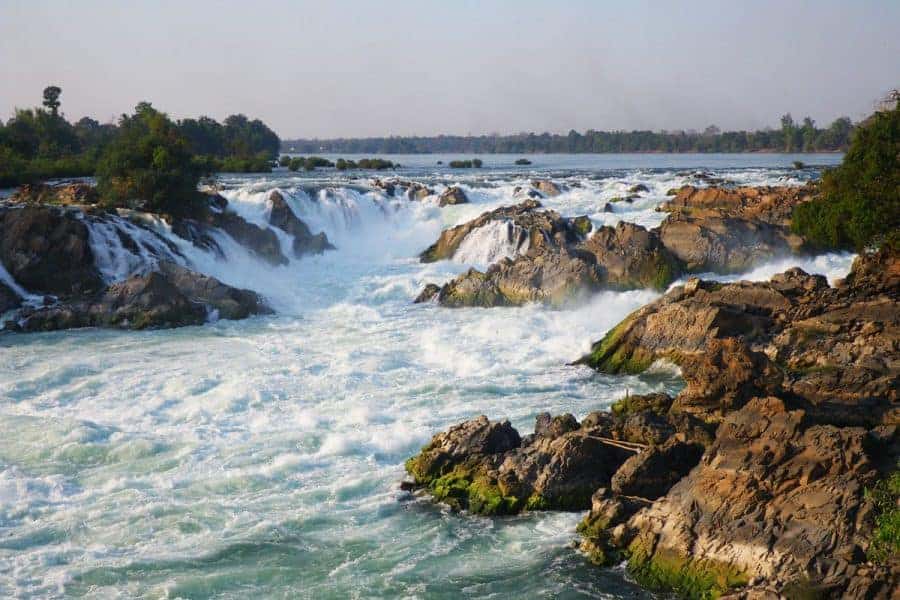In Laos’s deepest south, just above the border with Cambodia, the muddy stream of the Mekong is shattered into a 14km-wide web of rivulets, creating a landlocked archipelago. Known as Si Phan Don, or 4000 Islands, this labyrinth of islets, rocks and sandbars has acted as a kind of bell jar, preserving traditional southern lowland Lao culture from outside influences. Island villages were largely unaffected by the French or American wars, and the islanders’ customs and folk ways have been passed down uninterrupted since ancient times. As might be expected, the Mekong River plays a vital role in the lives of local inhabitants, with 95 percent of island families fishing for a living. Ecological awareness among locals is high, with nearly half of the villages in the district participating in voluntary fisheries conservation programmes.

The archipelago is also home to rare wetland flora and fauna, including an endangered species of freshwater dolphin, which it’s sometimes possible to glimpse during the dry season. Southeast Asia’s largest – and what many consider to be most spectacular – waterfalls are also located here. The area’s biggest sightseeing attractions, the Khon Phapheng and Somphamit waterfalls, dashed nineteenth-century French hopes of using the Mekong as a trade artery into China. The remnants of a French-built railroad, constructed to carry passengers and cargo past these roaring obstacles, can still be seen on the islands of Don Khon and Don Det, along with a rusting locomotive and other ghosts of the French presence. The most developed place to base yourself is the popular island of Don Khong, with its collection of quaint villages and ancient temples, but there’s also plenty of accommodation on Don Khon and Don Det.






